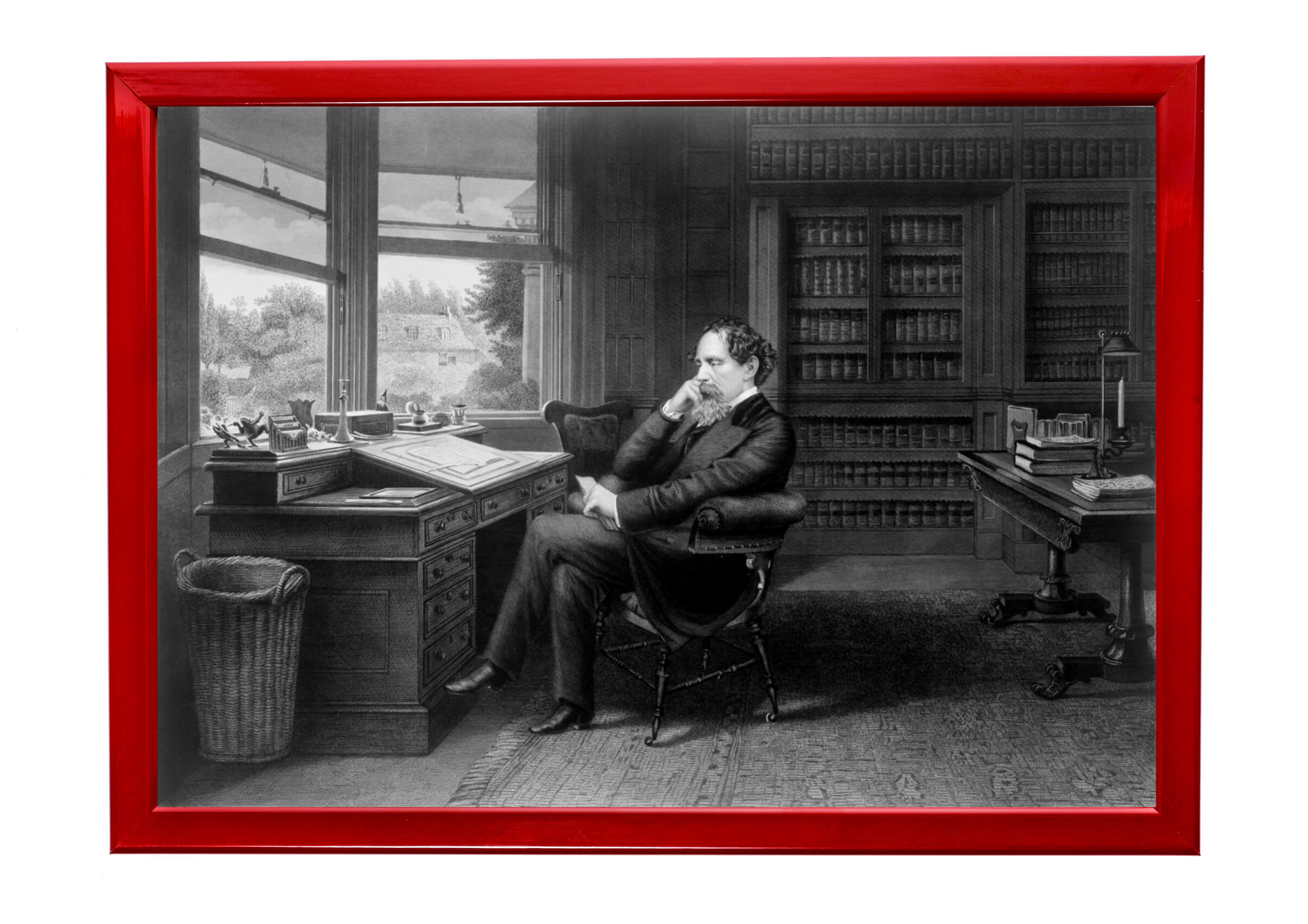By York Notes Series Consultant, Mike Gould
One of the great things about ‘A Christmas Carol’, apart from the fact that it is a wonderful story with rich language and themes, is that it could almost have been written for studying – and revising. How thoughtful of Dickens to give us five staves! Not quite enough to allot one to each week of a half-term, but clearly manageable within an unbroken run of lessons.
There is a serious point here, which is that organisation is hugely important for teachers. Managing a two-year GCSE course is not quite a feat of civil engineering, but it’s not far off. So, my revision tips for ‘A Christmas Carol’ below all involve breaking down or structuring revision of the text in some way.
Windows on Dickens’ world
There’s a useful synergy between the five staves of the novel, and the traditional Advent calendar of 25 days. Here’s what students could do:
- Create their own Dickens Advent calendar by coming up with five images and five key quotations per stave – for example, Stave 1 would cover December 1st to 5th, Stave 2, December 6th to 10th and so on. Many students may not have Advent calendars or observe this tradition, so use your judgement when embarking on this activity.
- Draw images or select them from clip art or magazines (there is surely an image of a ‘grind-stone’ somewhere online!). Plenty of research suggests linking images to text is a highly-effective way of revising. What is more, selecting five representative images from each stave will require students to dig deep into the language.
Pyramid selling
Here, the thing being sold is ‘deep learning’! The ‘layering’ technique for revision is well-established. In essence it means starting with a simple core of knowledge and adding detail to it, so that even if one forgets the more advanced material, the core remains. So, ask students to:
- Draw a set of triangles* divided into three rows – the smallest triangle being at the top, naturally.
- Decide what each of these pyramids/triangles represents. For example, which character, plot moment, or key themes?
- Then in the top, smallest triangle, ask students to write the most basic knowledge or idea about the chosen topic (for example, ‘Scrooge starts as a cold mean miser but redeems himself’). In the second triangle add more detail – this can be key quotations, an extended explanation, etc. In the bottom, largest triangle, they can add challenging ideas, questions, interpretations. The pyramids will act as both visual and organisational mnemonics.
(*Creating 3D pyramids will enable even more detailed, and tactile, revision resources with nine sections but you may not want to waste lessons cutting and pasting bits of paper or cardboard together!)
Dickens the performer
Most teachers know that Dickens was a highly successful performer and reader of his own works. Simon Callow talks about this on the British Library website, and it is true that his novels have strong dramatic qualities. A common workshopping technique of playwrights and directors is to have ‘rehearsed readings’ of plays. You could do the same with ‘A Christmas Carol’.
- Give a suitably powerful section of the novel to 3-5 students to prepare as a reading.
- Tell students to research the extract first – its significance, where it comes in the text, and so on, and also make sure they really do rehearse it before the final reading.
- Perform the rehearsed reading to the class or to another group in the order the extracts occur, or record it to make a sort of abridged version of the story.
Each of these three approaches work because they link the core senses – visual and aural/oral – to the text, and do so within structures that break down the core material.
Mike Gould is a former Head of English and Drama and author of over 150 books and other educational resources. He has worked as a lecturer in English and Education at Brighton University.